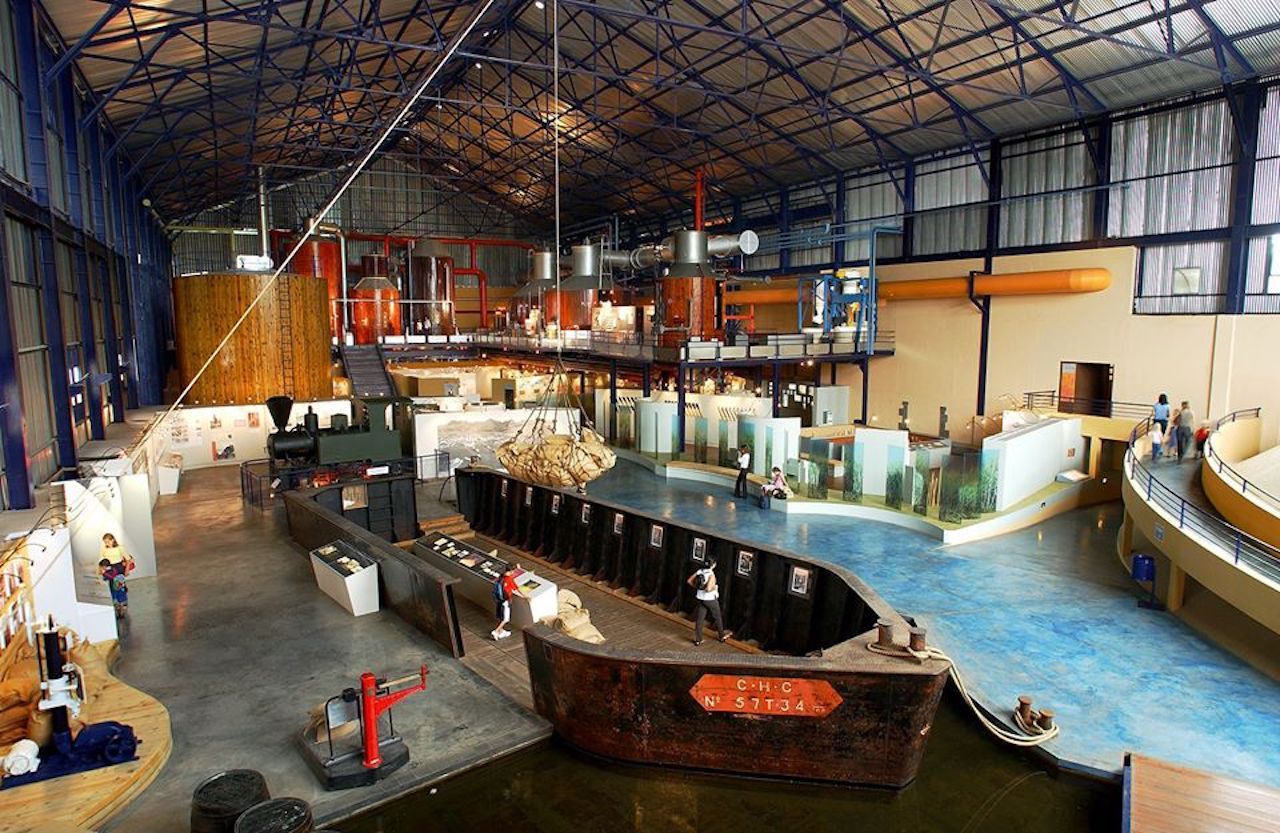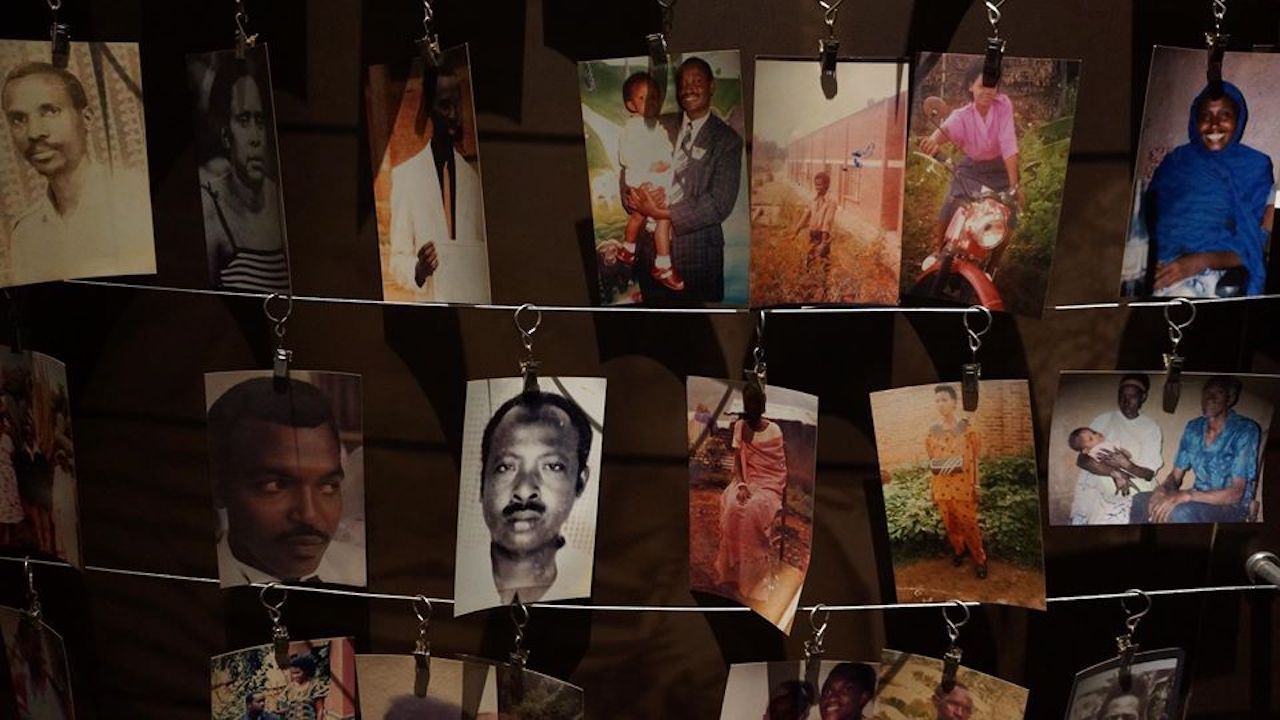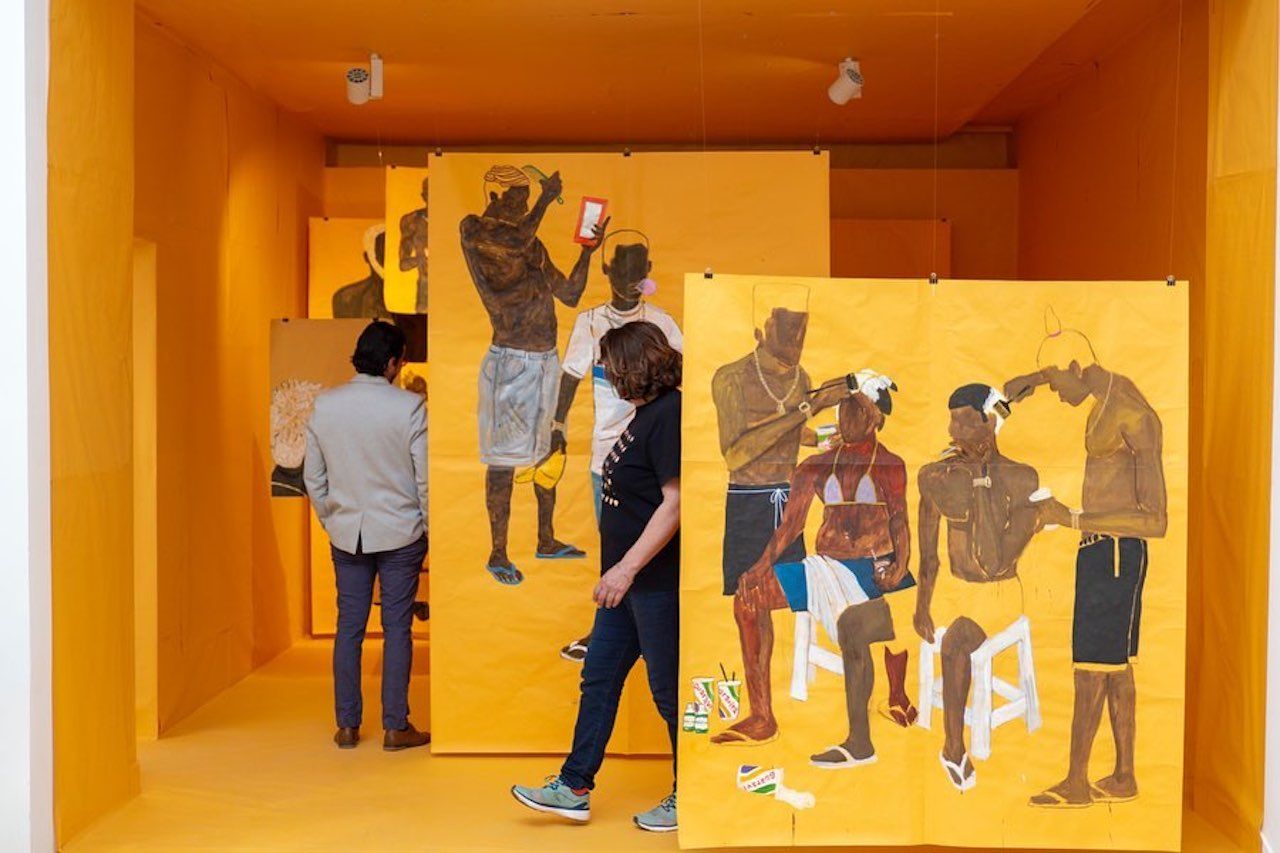For Black people across the diaspora, coming to Africa can be much more than a vacation. Many see it as a pilgrimage, one of returning to the home of their ancestors, so the normal trappings of the average holiday may not be enough for their journey. Visitors to the African continent are frequently there to experience the arts, letters, and history in a way that may not be required of other vacations.
Museums of all stripes act as collectors and aggregators of heritage, and on the African continent, they are as numerous and diverse as the many cultures therein. For those looking to infuse their trip to Africa with a bit more culture than your average vacation, here are eight fine examples of significant museums that Black travelers especially will appreciate.








